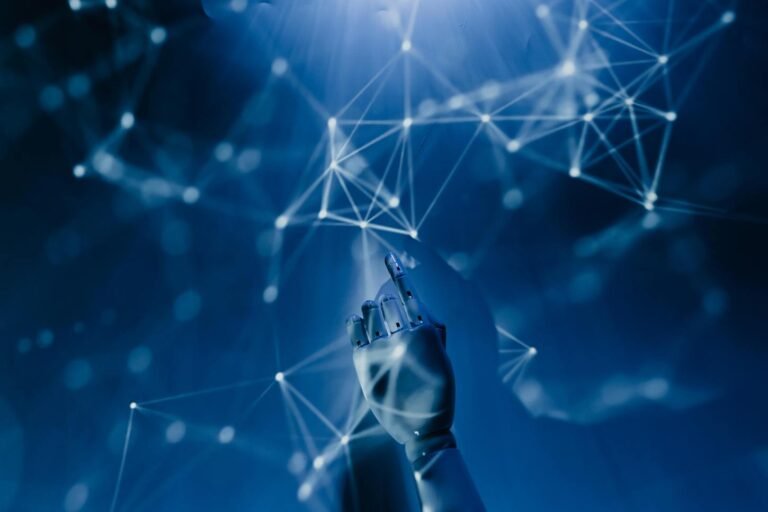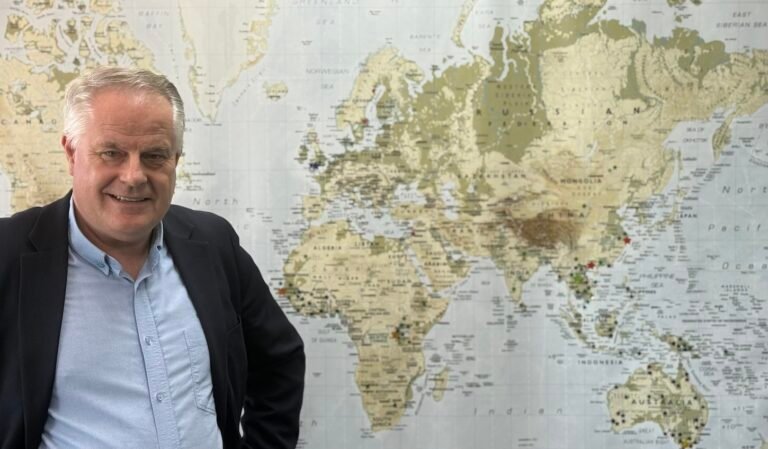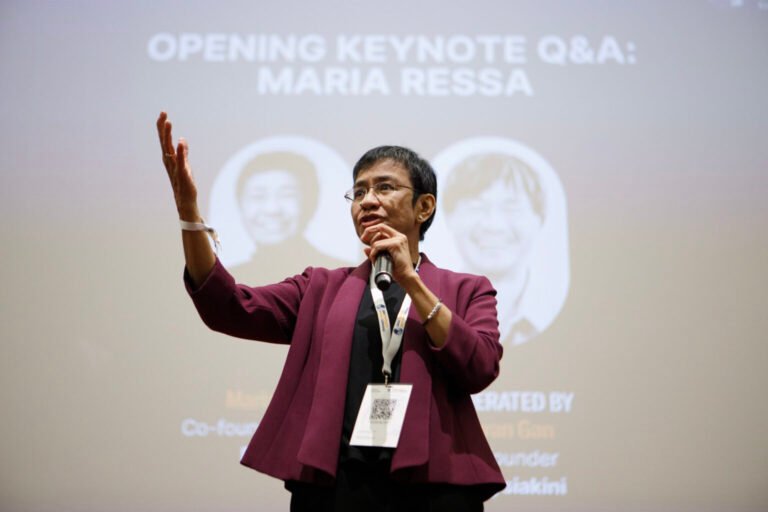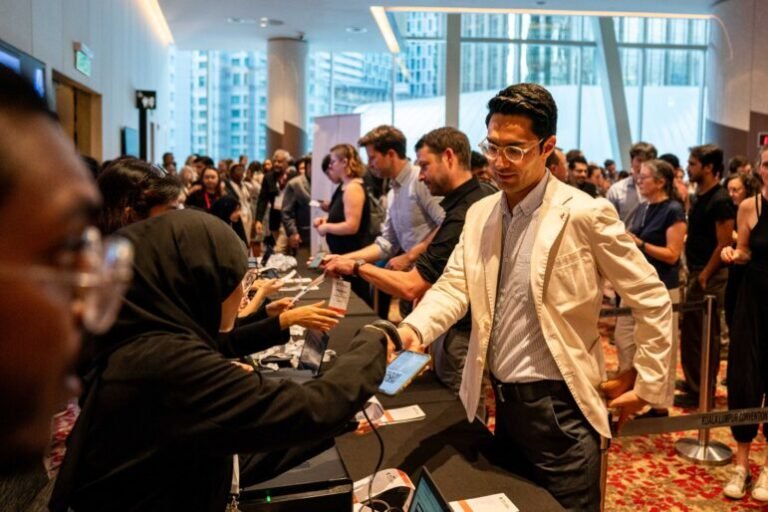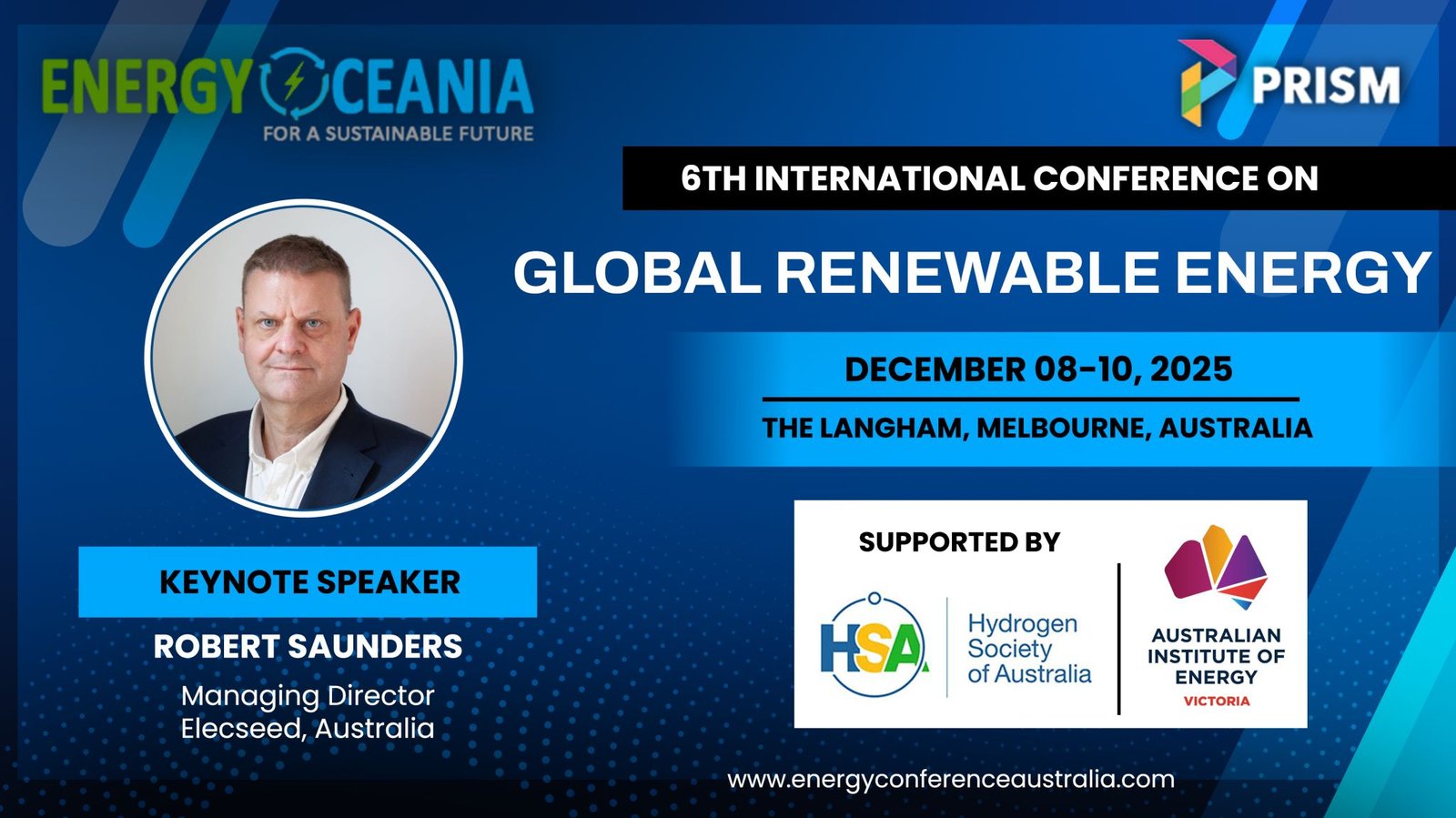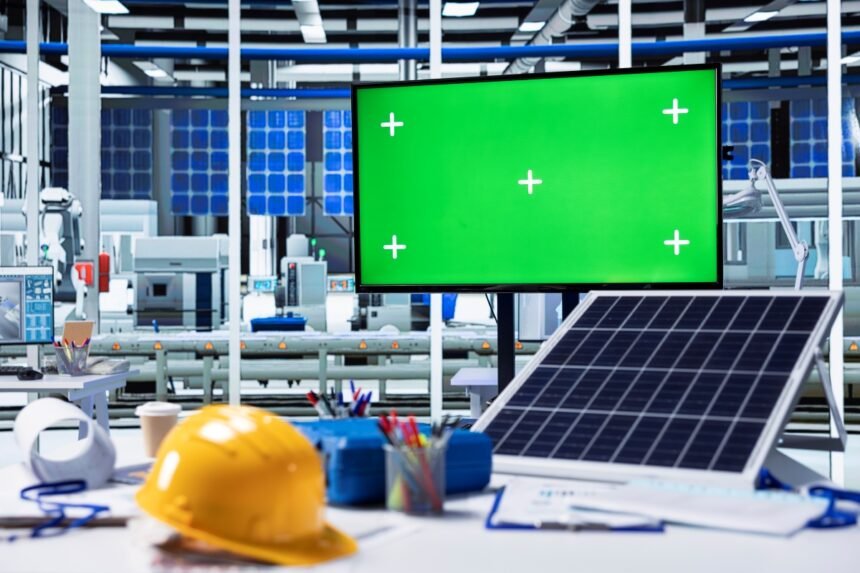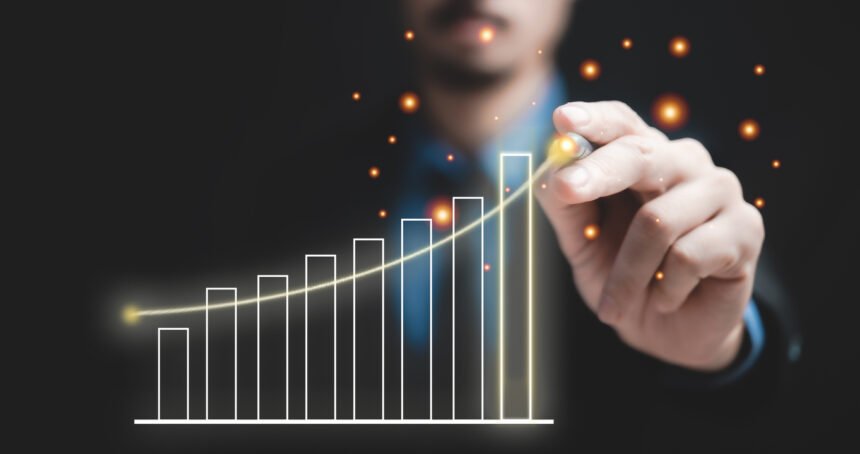Riding on the back of the 2022 HESC consortium global first to extract, liquefy, and transport liquid hydrogen by sea to an international market Australia to Kobe, Japan – has a head start with Australia.
Japanese firms Iwatani, Kansai Electric Power, and Marubeni are foundation customers for Stanwell Corporation’s central Queensland hydrogen project- and in the running to benefit from the Australian government’s AUD$2bil Hydrogen Headstart Program to provide revenue support to support large-scale renewable hydrogen production projects in Australia, which will be announced at the end of 2024.
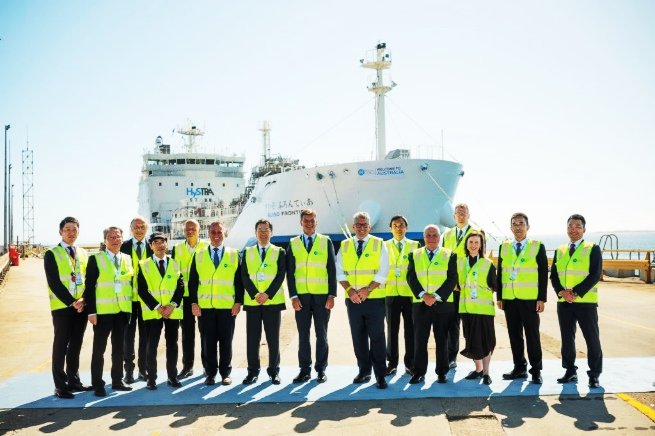
The 2022 A$500 million Hydrogen Energy Supply Chain (HESC) pilot project was the first in the world to extract, liquefy, and transport liquid hydrogen by sea to an international market by the world’s first purpose-built 116-meter liquefied hydrogen carrier ship, Suiso Frontier, built by the Kawasaki Heavy Industries, which involved a consortium of top energy and infrastructure companies from Australia and Japan including Kawasaki Heavy Industries, J-Power, Iwatani Corporation,
Marubeni Corporation, Sumitomo Corporation, and AGL. HySTRA, Japan Technology Research Association for Mass Hydrogen Marine Transportation Supply Chain, was responsible for the outloading/Unloading test and Verification of acquired data and continued the pilot demonstration project for establishing Hydrogen Energy Supply Chains.
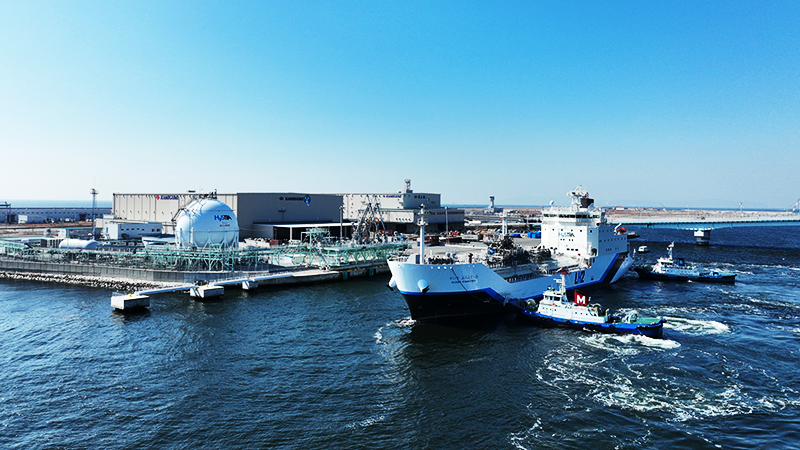
Japan released a revised Hydrogen Basic Strategy in June 2023, motivated by G7 commitments to move away from a reliance on Russian energy and growing calls for climate action.
The Japanese government and Japanese corporations are seeking international partners to build a hydrogen supply chain, increase the scale of production of hydrogen and ammonia, and reduce costs. The strategy identifies core strategic areas which Japan views as critical to securing its industrial competitiveness in global hydrogen – including through the commercialisation of Japan-developed hydrogen-related technology such as electrolysers.
Japan’s first strategy, released in December 2017, was the world’s first national hydrogen strategy; however, the energy landscape has changed drastically since then. Japan’s revised strategy intends to generate public and private sector investment in hydrogen worth 15 trillion yen (USD 102 billion) over the next 15 years and increase the use of hydrogen six-fold by 2040. Japanese government officials highlighted three new features of the refreshed strategy: a new mid-term volume target of 12 million tonnes per annum by 2040 (a six-fold increase from current levels); a “pathway” to low-carbon hydrogen – aiming for 3.4kg of CO2 emissions or less for 1kg of hydrogen produced; and a 10% target for Japanese companies’ share of the global electrolyser market. At the Tokyo press conference in June 2023, the Minister of Economy, Trade and Industry NISHIMURA Yasutoshi said: “We would like to steadily build a supply chain for hydrogen in Asia and the Indo-Pacific region by further expanding Japan’s (hydrogen) technology, which has been world-leading.” To promote Japan’s policy toward hydrogen and ammonia, the Ministry of Economy, Trade and Industry (METI) established a new division in July 2023 for hydrogen and ammonia policy, separately from its hydrogen and fuel cells strategy office. (Report: NZ MFAT)





